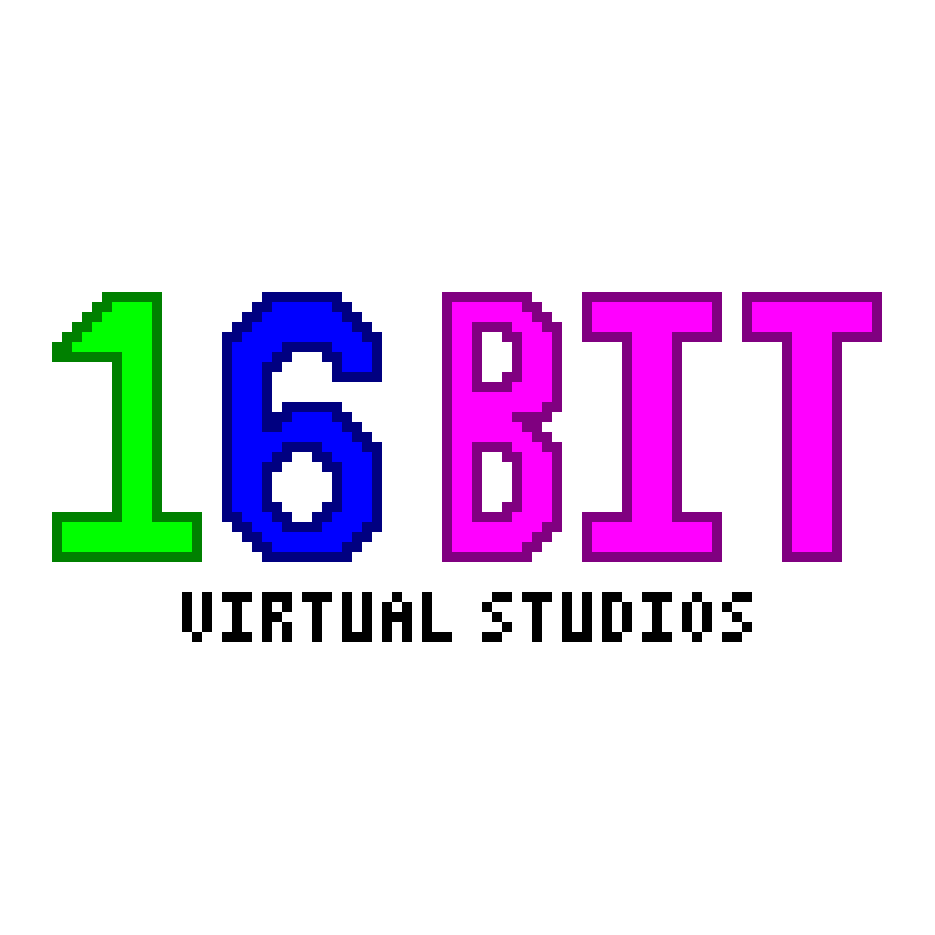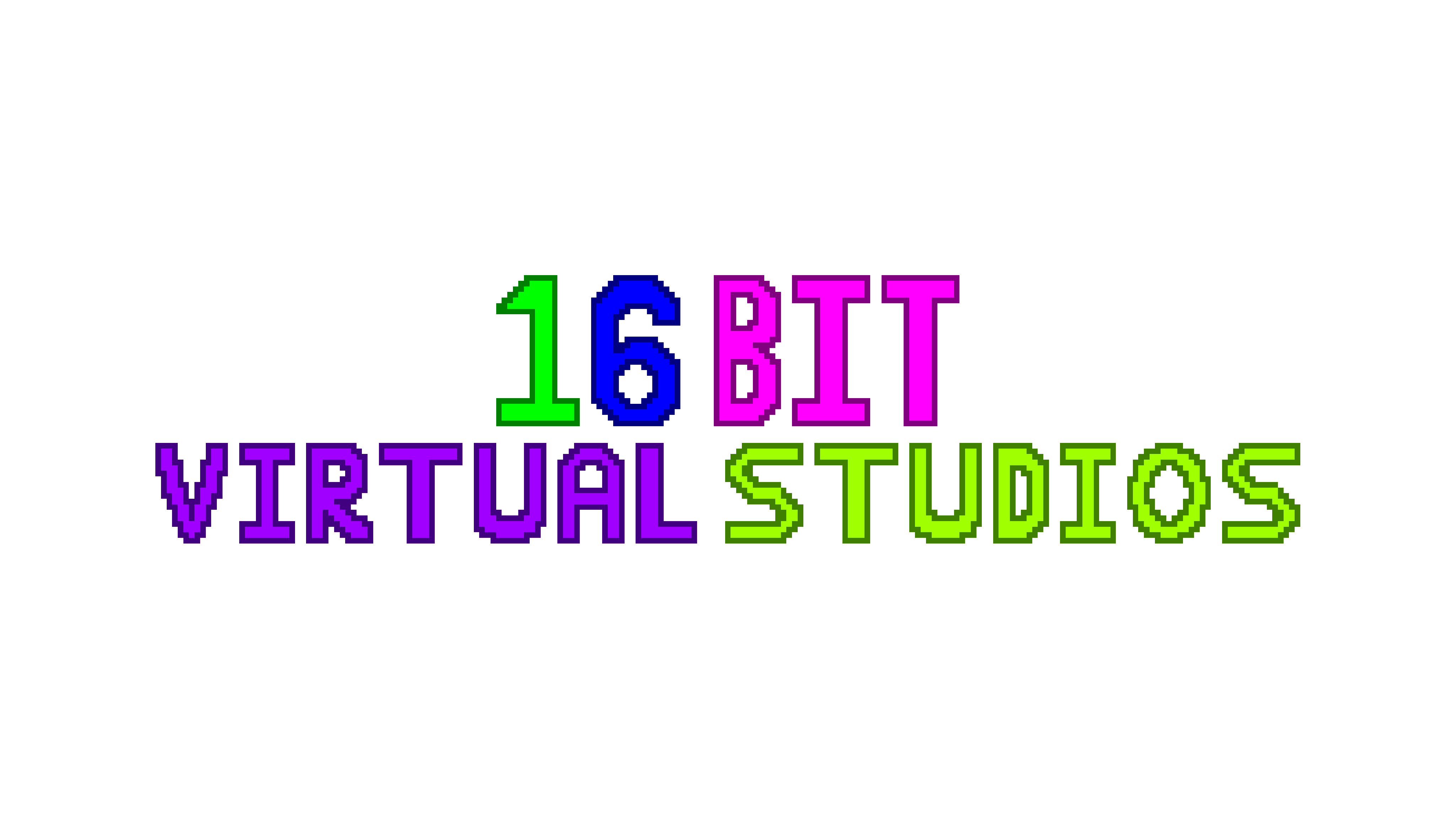I run 16 Bit Virtual Studios. You can find more reviews from me on YouTube youtube.com/@16bitvirtual or other social media @16bitvirtual, and we sell our 3D Printed stuff on 16bitstore.com
- 2 Posts
- 34 Comments

 33·7 months ago
33·7 months agoYou can install an SSD in a PS4 you know. Plus its not like Sony Couldn’t add a NVMe slot on a PS4 Pro.

 2·7 months ago
2·7 months agoI avoided the PS4 for years until I was able to justify buying either it or the Xbone. When the Xbones only claim to fame (for me) was the Rare Replay collection and Sunset Overdrive, and the PS4 was Infamous Second Son and Uncharted 4 I waited. Eventually I was able to justify the PS4 with the addition Persona 5, Wipeout Omega Collection, Horizon Zero Dawn, Spiderman, and a way to play Ubisoft games without
giving my PC CancerUbisoft Connect/UPlay.But unlike the PS3 I don’t like using it. It’s more of a convenient means to play games cheaply since every game was about $10 by the time I bought into it. Even then I probably could justify to myself to upgrade to a PS5 by using my PS4 as collateral.

 194·7 months ago
194·7 months agoWhen looking at the generational shifts between console gens. The PlayStation 5 didn’t fix any problems the industry was having. Especially when you compare the jump in quality between PS2/Xbox and PS3/360, where rendering individual fingers didn’t bring the games performance to a halt. Or the PS3/360 to the PS4/Xbone, where the consoles were given a usable amount of RAM that the devs needed from 256/512 respectively to 8GB on both.
But other than a slight performance boost and the new GPU buzzword “Ray Tracing” slapped on these systems. They cost more than the older systems did, and don’t offer any new experience which the previous gen systems do.
TBH, when Manjaro broke it was my fault, I know it was my own fault, and I feel if I was running EndeavorOS the results would’ve been the same if I did the same actions.
That said, yes the miss-matches repos drove me insane, especially as someone who likes keep my update number at 0, and I can’t update AUR packages. And there were a few niggles and grips here and there. But as a power user, who didn’t want to touch a terminal, Manjaro has the best set of Setting and Configuration GUI’s I’ve used thus far in Linux. If another distro took what Manjaro did, but kept it to the Arch Repos, then I’d use it in a heart beat.
I too am using Linux, but finding an “automatic” linux is difficult since most distros are about performance. It’s like trying to find an Italian Sports Car with an automatic.
And for the general user, they don’t install their OS. It’s preinstalled on a Laptop, or an all-in-one, think-dell office PC that their company provides them. Sign in like you do with everything today and you are good to go. Even Macs do this.
Linux has improved, but the desktop os’s need to be more stable (in 1 year I broke 2 manjaro installs and my BTFS file system died in my Fedora install), packages need to be more up to date, and there needs to be gui’s for any setting that a user needs to access like restarting a systemd process. A general user will not touch a terminal. Let alone download a git repo, just to update the latest build of Mangohud since the Ubuntu version is so out of date that the GOverlay GUI Utility that’s on Ubuntu doesn’t work with it.
Because to most people, a computer is like buying a car, it should just work.
A Mac is an Automatic, no configuration is needed outside of your favorite radio stations. Sure most people hate that the infotainment was replaced with a touch screen that only support carplay. But hey for the rest of the time they don’t think about it. A widows PC is the same thing, but made by Tesla/BMW where the heated seats are a subscription service.
Linux is a range from manual to a kit car. Sure it can look like the big boys or even cooler. But the amount of work that’s required is insane to the average user, and most people won’t want to touch the hood, let alone to configure the infotainment so it can connect to your iPhone since it technically supports car play. But to those that know how to use it will swear that their manual car is better in every way than an automatic.

 2·8 months ago
2·8 months agoI was on Manjaro, and I didn’t want to put the effort in for a third time just to break it again. While I prefer arch based distros, I’ve been liking Mint since I can almost use it without a terminal like manjaro.

 21·8 months ago
21·8 months agostupid was when I wanted to test Linux Mint on an external SSD, and didn’t check that the bootloader wasn’t going to overwrite my internal drive’s.
So anyway I’m running Linux Mint now.

 1·8 months ago
1·8 months agoPlayStation Vita. It was the fame system that could, but has no support, then was saved by indis.
Has very little use now-a-days thanks to switch and steam deck, but as a easy to mod system with PS1, and PSP support, I still love it.
using bottles and proton ge
I don’t think it’ll make much of a difference, but according to the git repo, you should be using wine-ge instead. Also Lutris is another option that does the same thing, but has easy install scripts for GOG, Epic Games, Ubisoft Connect, and EA App.

 2·8 months ago
2·8 months agoWhat are you talking about selling it? We share our games with friends.

 2·8 months ago
2·8 months agoI moonlight as a small app developer. This is absolutely correct. I have a handful of legacy apps which uses Unity, and makes so little that moving them would cost more.
That said, if/when I do another project, it won’t be in Unity.
No clue. According to the arch wiki you need a nodded Intel computer runtime
https://wiki.archlinux.org/title/DaVinci_Resolve#Installation
- You got the bases down from my understanding. But it can more be simplified by what’s the bases of the distro. For example Linux Mint is down stream from Ubuntu which is down stream from Debain. Getting familiar with the base distro is helpful.
My strategy is just a good old VM and installing whatever I am interested in. Technically you could list all the package managers but if a distro has a different upstream source that uses apt then its going to be hard to tell that nuance.
-
Its down to your use case. For me I primarily game so I have a handful of games and software which I need to install. Xpadneo, mangohud, goverlay, lutris, etc. All this is testable in a VM installing is the most you’ll need to do.
-
must have software for me is steam, lutris, dxvk, and flatpak support (lots of emulators use flatpak). The rest like libre office, gimp, vlc is usually pre-installed.
-
Software Manager and running the updates. Most distros aren’t bloated by default. If you feel they are, the software is easy to uninstall.
-
haven’t heard of this, so no clue.
-
Mint, Pop, kubuntu are all the same OS underneath. They are all up stream Ubuntu with software and Desktop Environment tweaks, tailored to their preferred configuration. Kubuntu stands out as it has KDE plasma installed, while the others have a tweaked gnome experience.
Other than feel, they all should run the same under the hood.
Fedora, Manjaro and OpenSuse are all viable alternatives to Ubuntu/Debian. Each having their pros and cons based on your tastes. In order of easiest to setup to best to tinker with this is my recommended order to try them out in a VM.
-
Mint/Pop_OS/Kubuntu (deb bases and has the most users/support thanks to Ubuntu)
-
Fedora (RHEL bases and lots of enterprise support. Other DEs can be found as “spins” if you don’t like Gnome. DNF isn’t my favourite package manager
-
OpenSuse (Good around distro. Very workstations friendly, but lacks one or two packages I want, close to Fedora for my recommendation)
-
Manjaro (its arch for babies. Easy to configure and setup compared to arch, but very temperamental and easy to break)
-
Arch/EndevourOS (if you want the best Linux has to offer, all the software and tunable to your taste. Welcome. Otherwise git gud)
-
Hanna Montana Linux (its the best of both worlds)
TL:DR install virtual box and try the distro. You’ll know very quickly if you like it. And what you’ll like in a distro.

 9·8 months ago
9·8 months agoWith Microsoft’s low first party performance I am surprised with how well they are doing considering the hits Sony’s been releasing for over 2 console gens now.

 3·8 months ago
3·8 months ago2009 computer class in school. Buddy of mine was showing off these computers you could put together yourself, then showing me this cool operating system that has desktops with a 3d cube to change the workspace.
2024 laptop has Linux on it for the last 2 years, and I am waiting for the right excuse to migrate my desktop too.

 1·8 months ago
1·8 months agoWhile I agree, the issue is, that they’ll want to. Thankfully Valve is handling games well enough right now that it’s a non problem. Regardless which distro you are on.

 11·8 months ago
11·8 months agoIts more of a LTS vs Rolling release model. Though I agree LMDE is a good option.

 5·8 months ago
5·8 months agoI think it depends on what you are looking for. While Linux Mint is a safe option, it does have some drawbacks… well it’s more drawbacks from Ubuntu but as Linux Mint is based off of it, it’s also impacted. Primarily the fact that Ubuntu packages are terribly out of date. Thankfully mint makes adding PPA’s painless, but for apps that don’t have a PPA it’s a pain to install them from scratch like Mangohud. It’s not impossible, but there is an expect level of Linux knowledge which is required before going in.
Another option is Manjaro. You will hear the litany of endless criticism about it from the community, some of it is valid. But for the most part, while it’s not as nice as Linux Mint, I think the OS will get you to the point where you can start using your machine faster. Mostly thanks to Arch’s rolling release, as well as the AUR for filling the gap between official packages and flatpaks.
I was using Manjaro for the longest time, but switched to Mint due to a freak bootloader accident. I prefer Manjaro in terms of how well it handled Games and Windows software due to it’s association with Arch. But I like how well Mint manages my laptop’s battery and performance or lack thereof due to it’s pitiful cooler.


Linux Mint, I wanted Manjaro with KDE to work so much. But the issue I had with it, and no not the in general complaints about Manjaro, was how annoying it is to set up again. Rebuilding a machine or an install was just such a hassle, that I wanted to move to a Ubuntu/Debain based distro, where everything was already made for it.
If my current build of Linux Mint dies, then I’d probably move to the Mint DE and remove the Ubuntu part.
Troubleshooting is easier, finding apps is easier, and outside of advance user packages like MangoHud and XPadNeo where I needed to build from source (not fun). It’s been a painless experience.